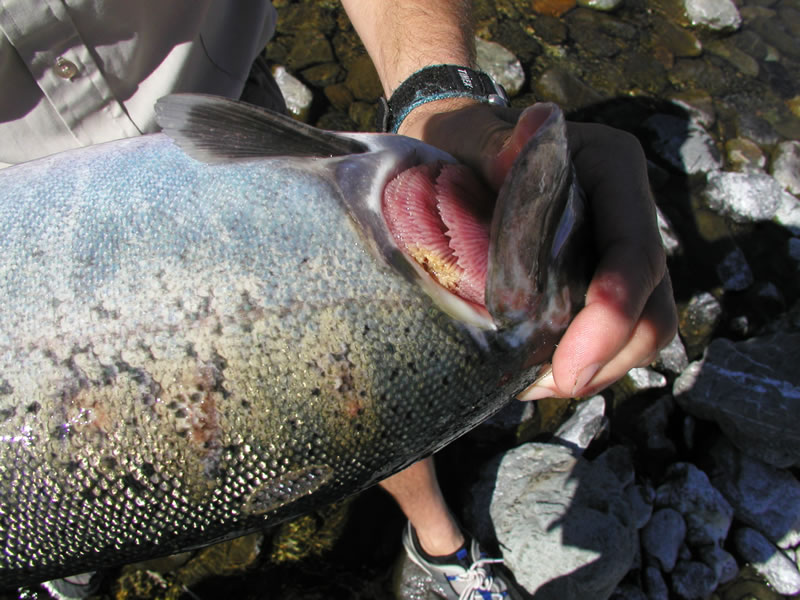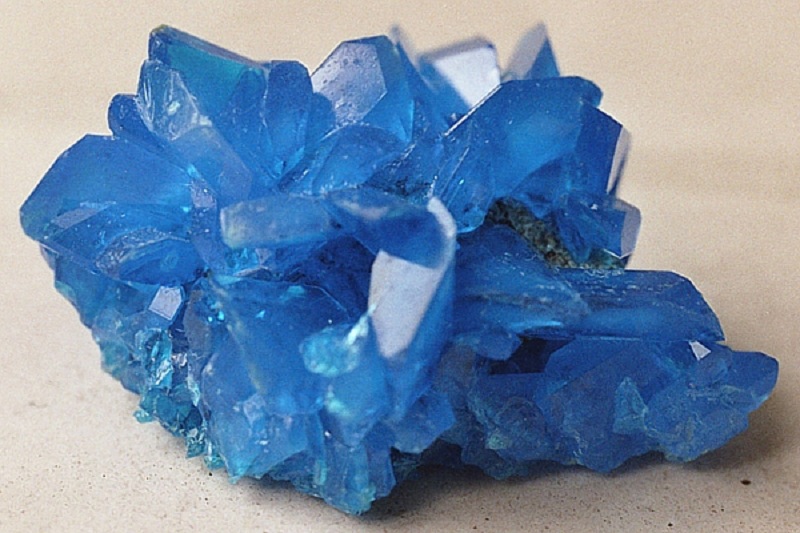 |
| ▲ PlexyBacter Colomnaris is the leading cause of Colomnaris disease (Source = Wikimedia Commons) |
Columnaris is one of the most common malignant bacteria attacking freshwater fish. Because this bacterium breeds and breeds, it infects freshwater fish quickly and without any gaps. The process can only take a few seconds and millions of freshwater fish can become infected with Colomnaris overnight.
What is Colomnaris disease?
Colomnaris disease is considered a fungal infection due to fungal lesions. The disease is a bacterial infectious disease that is common in ornamental fish, and the higher the pH, the higher the incidence. It also occurs mainly in the fish, which are fish that are fed from the mother with nutrients and oxygen for a certain period of time.
Although there are a number of related bacterial species that can cause Colomnaris disease, the most representative is the Flexibacter columnaris. These bacteria are susceptible to tropical fish because they reproduce vigorously at temperatures above 64 ° F.
Colomnaris disease is a gram-negative aerobic bacterial disease. In other words, it means to breed in an oxygen-rich water tank. And the disease spreads right through the tank as soon as it develops. However, if the water temperature is low, it can not reproduce quickly.
Signs and Symptoms
The main feature of this disease is that the scales between the gills and dorsal fin are blurred and ulcers spread rapidly. When the lesion starts to rise, it spreads to the skin layer under the red viscous ulcer scales within a few days, and when the ulcer progresses, the scales that initially appear to be grayish white turn into red gold.
Colomnaris disease is either external or internal to the skin and can be chronic or acute. Chronic lesions appear slowly but die within a few days. In acute cases, the lesions appear quickly and within a few hours all the ornamental fish in the tank die.
Most Colomnaris infections occur externally, with white or gray spots around the head, fins, or gills. The lesion may initially be transparent and less visible. But as the state progresses, it becomes yellow or brown and turns red.
If you are developing tropical fish, you should suspect Colomnaris disease if you see these symptoms. Untreated, 50% of the population can die within two to three days.
Possible treatment and prevention
External infections can be treated with antibiotics and chemicals. Copper sulfate, acriflavine, furan, and teramycin can be used to treat external infections of Colomnaris. In particular, terramycin is effective against external infection. Adding a small amount of salt to the tank can improve the gill function. In particular, the birth can benefit from salt, but be careful if you are raising catfish. Catfish is very sensitive to salinity.
If the water bath is below 75 ° F, the spread of the disease can be delayed. And while treating Colomnaris disease, it is necessary to remove carbon. Even if some ornamental fish are symptomatic, the entire aquarium should be treated and the infected ornamental fish may die within 24 to 48 hours of treatment.
Since bacteria are organic waste, the occurrence of colomnaris can be controlled by periodic water exchange and tank management. Sick aquariums must be isolated immediately to prevent spread of the infection.
Isolation of new ornamental fish at first is a way to prevent disease. A two to three week isolation period is needed to treat the symptoms properly. It is also important to add enough minerals to the tank.
The other tank to be isolated should be disinfected for use to prevent bacterial spread. Adding a small amount of water for showering water periodically to the fish tank to feed the fish can prevent the disease.
 |
| ▲ Copper sulfate can be used to treat Colomnaris infection (Source = Wikimedia Commons) |


